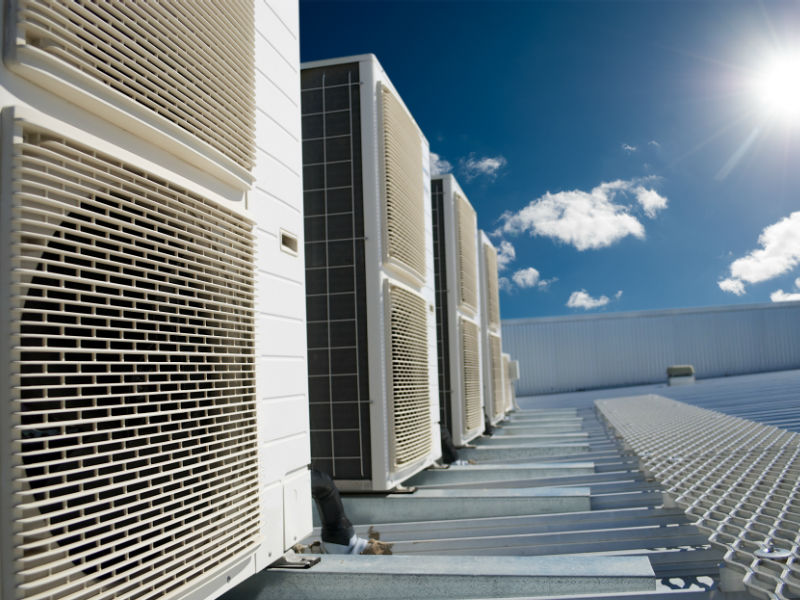
How Much Water Does an Evaporative Cooler Use?
November 24, 2021 10:00 am Leave your thoughtsAs you begin looking at evaporative coolers, it’s important to consider operating costs. These types of coolers are known to be considerably more energy-efficient than traditional HVAC systems. However, you have to ask: how much water does an evaporative cooler use?
Why is Water Used?
There are two things required to operate an evaporative cooler: A power source and a water source. The power source is obvious.
Water is used in order to create the process of evaporation.
The water reservoir is used in order to maintain moisture on the cooling medium. This is what helps to cool the air as it passes through the system. Without any kind of moisture, evaporation doesn’t occur – and the air temperature doesn’t drop at all.
The goal is to keep the cooling medium wet without getting soaked. There are ways for you to adjust the amount of water being used. So, if you find that you are using more water than what was expected, it may be that the cooling medium is too wet. These are typically minor adjustments that can be made in minutes.
How Much Water Is Used?
There are a few factors that help to calculate the amount of water being used.
Size of the unit. The smaller units will consume significantly less water than the larger units. If you have a unit with 500 CFM or less, it may only consume approximately a gallon of water an hour. However, industrial units may easily use 20 gallons or more an hour.
Heat and humidity levels. When the days are hotter and drier, they are going to require more water in order to create a cooler temperature and more humidity in the air.
Drain valves. Some units have a drain valve that will recycle the water. Other units will use a continuous drain. When there’s a continuous drain, it will result in approximately 50% more water usage.
Before you buy a unit, you will be able to get a good idea as to how much water it will use on a daily basis.
You will need to make sure that the unit is attached to a water source. The only time that you don’t have to worry about actual water hoses and drains is when you have a portable unit.
The Cost of Operating Your Evaporative Cooler
It’s understandable that you want to know how much water is being used. After all, it will be an overall factor as to what it will cost to run your evaporative cooler.
Particularly if you are looking at comparing the operating costs of an evaporative cooler versus an HVAC system, the costs are quite different.
With an evaporative cooler, you have electric and water costs to consider.
With HVAC, you have electricity and the cost of freon to consider.
For an average residential evaporative cooler, the cost may be as little as $20 a month. This factors in approximately $15 for electricity and $5 for water. Of course, this will vary based on what the rates are in your area.
For an average residential HVAC unit, it may cost $50 or more.
As such, even though an evaporative cooler uses water, it doesn’t use enough to raise the operating costs too much.
Explore Evaporative Coolers Today
There are a number of evaporative coolers on the market. Some are designed for residential settings while others are used in commercial or industrial settings. Even the smallest and most portable units still use water, however.
If the amount of water being used is important to you, it’s critical to explore how the various systems provide cooling to the space that you have.
At Premier Industries, Inc., we have decades of experience manufacturing and installing evaporative coolers. When you want to know how much water does an evaporative cooler use, we can provide you with more specific details once we know more about your space, the average temperature and humidity level, and what unit will work best for you.
Contact us today to learn more about evaporative coolers and get a custom quote.
Categorised in: Evaporative Water Coolers
This post was written by Mike Nicolini
